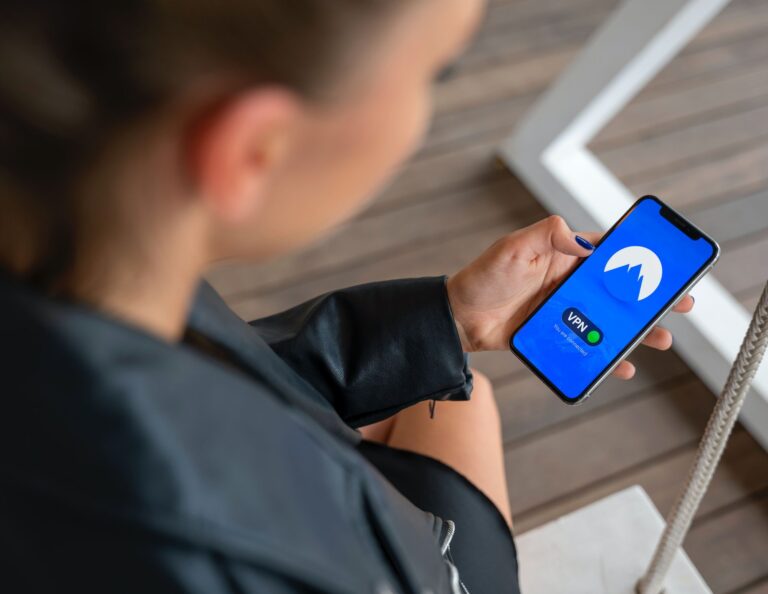The concept time is money is great, but the phrase stinks. Too often people say “time is money” in a sort of tongue and cheek way. It makes both time and money feel synonymous; to get one, you have to sacrifice the other.
Time isn’t money though. Time is time. It’s finite and it’s scarce.
When Ben Franklin wrote his Advice to a Young Tradesman and included the phrase, that was the take away; time is valuable. So, the question is, how do you value it? What is the value of your time?

Time and Money Hypothetical Case Study
I’m not a photographer. I can push a button and a picture appears, but I can’t capture moments like a photographer can. What I can do though, is manage money. I run the financial side of a photography business. So, I’ll use photography in a simple case study.
Let’s say you charge $500 for an hour-long family session. That hour-long session is hardly ever an hour. In fact, it is absolutely never an hour. Before ever finding that client, you spent hours building and planning a marketing strategy. Then, after that client requested your services, you engaged back and forth which, hopefully, led to conversion (boom, school word). You scouted for locations and drafted a contract.
I’m exhausted by this point. Once that “hour” long session is over, you waited for the session to upload to Lightroom (which, of course, crashed because you work your MacBook Pro at 2009%). You spent hours culling, editing and re-editing, your eyes started bleeding a little, you went cross eyed for a moment, etc.
Eventually you send away that one picture you just can’t Photoshop anymore. The whole conversation was about time. That $500 hour-long session was great at first, but after 50 hours of combined effort and a little bit of cheddar for some guest photoshop help, you barely covered your operating expenses.
How can you overcome this deficit in time vs. money?
You can’t just charge more. Unfortunately, the market is the market. Even if you are worth $1000 a session, your market might not support it. You could do two sessions, right? The appropriate response is “No way, that’s twice the amount of work! Duh!” Well it doesn’t have to be. We just determined there is more work to do than just the session fee pays for, right? After all, “time is money!” Instead of waiting ‘til that last picture, why not outsource the whole session?
A Plug for Outsourcing
You can’t outsource everything, but you can outsource the things that don’t leave you feeling fulfilled. So, if you hate marketing, outsource it. If you hate editing, outsource it. Imagine shooting a wedding and only having to shoot the wedding. No back half to the process, no editing, no culling. How many weddings could you shoot in a year? You can outsource some of the basics or you can outsource it all. The time you don’t spend gouging your eyes out, you can use to book another client.
To pay for outsourcing though, you will have to take on more work, but it’s the work you love. It’s the work you want to do. I promise you, just how I like tooling around on excel and hypothesizing money moves, someone out there loves to do what you hate.
Allowing others to do the work you loathe creates white space in your day; a space you can fill with more productive tasks designed to grow your business.
Affording Your Time
Now how do you account for outsourcing? Account for it in your pricing structure.
We all know the government gets its slice of the pie, the safe estimate is 30%. That means every $500 session you book, $150 goes straight to your tax account. It doesn’t get ear marked in your personal checking account or your business checking account, I mean straight to your tax account.
I cannot stress this enough; your business finances must be completely separate from your personal finances.
That means you should open three business accounts with the same bank; two savings and one checking. The checking account is where all of your business money gets deposited or transferred. It is the heart of your financial business plan. It is connected to your PayPal, your Square account, your business credit card, your two other business savings accounts, and, for emergencies only, your personal checking account.
Regardless, there is a sort of brick wall, a nearly impenetrable force between what you own at home and what you work with. Too many times, I hear of entrepreneurs unknowingly using their personal savings to float their business. Keep them separate y’all!
The Money Equation
With that $150 going straight to your tax account (and label it that way, “Tax Account”), you have $350 left. You should put a majority of it back into your business. That is, leave it in your business checking account.
A fledgling business needs capital to grow. Even after you’re established, your business still needs a significant amount of capital to flourish. I recommend half be put back into your company while it is growing. That’s half your session fee, $250 straight back into your business checking account (and label it that way, “Business Checking”). This covers the cost of travel, marketing, Photoshop, Lightroom, web hosting subscriptions, outsourcing, etc. This account funds the day-to-day expense of operating your business.
After growing your business, you can lessen the percentage by maybe 25%, but the hope is you command a higher price for your services. With what is left, split it. Send 10% to your business savings account (label the account “Business Savings”) and send the other 10% to yourself. That’s right, an owner’s draw.
This goes back to how entrepreneurs tend to float their business with personal finances. For the health of your business, and for the health of you as a business owner, you need to have the habit of paying yourself a wage. Even if it is small at first, it translates to paying your future employees as your business grows.
The whole idea here is to identify the money your business makes and put it to work for you so you don’t work for it. It should be as automatic as possible so you don’t even have to think about it.
An automatic 30% transferred to your tax account. Done.
An automatic 10% for you, for self-care. This is the small reminder that your business works for you, not the other way around.
Another 10% to your business savings account for a new lens or body, who knows.
The important part is you have a goal in mind for your business savings account. If you are not saving for something then why save? After you meet your milestone, the price of that lens or body, buy it. Don’t wait. You saved for a reason, go after it.
Lastly, the big kahuna, 50% of every session you book goes back into your business to fund the everyday things. To grow, outsource, and to thrive!
Ready to reframe your thoughts on money? Get our Money Mindset Guide.



